
Dcn. Harrison Garlick serves as a Great Books Tutor for the Alcuin Institute, and is the Chancellor of the Diocese of Tulsa.
Dcn. Harrison Garlick serves as a Great Books Tutor for the Alcuin Institute, and is the Chancellor of the Diocese of Tulsa.
← Return to EssaysStay Connected!
There is in every human person a primal desire to be satiated. We long to feel whole, to feel rest in the love of another. We are drawn to beauty, we love it, and we wish to attain it and delight in it always. The lover seeks satisfaction in the beloved. We want someone to justify our existence—to look on us in love and say, “It is good that you exist; how wonderful you are!”[1] The resounding natural yearning in man to be fulfilled is known as eros, our erotic love. C.S. Lewis speaks of eros as a “Need-love” that seeks satisfaction in the beloved.[2] Eros is a self-love, according to Josef Pieper, the “desire for full existence, for existential exaltation, for happiness and bliss.”[3] It is, as Pope Benedict XVI observes, a certain “ecstasy” of the soul.[4]
In the seminal text on eros, Plato’s Symposium, Socrates recounts how a woman, Diotima, taught him erotics.[5] All humans are desirous of beauty. We wish to possess beautiful things, to make them ours. We associate this desire most clearly with the feeling of being in love and particularly with sex. The lover longs to satisfy themselves in the beloved, to experience ecstasy, wholeness, and rest. When the lover is satisfied in the beloved, the lover is happy. All humans are desirous of happiness. Here, Diotima helps Socrates understand that eros, the erotic love common to all men and women, is the desire of beautiful things and of being happy.[6]
Yet, as Diotima observes, men and women do not wish to be happy only some of the time. We desire to be happy all of the time. If happiness is the slaking of our erotic need on beautiful things, then we must be in possession of beautiful things always. Our eros is an insatiable thirst for the infinite, yet, the beloved is finite. Here, erotic desire can lead into a type of senselessness, where the lover attempts to quench his or her erotic hunger by consuming one beloved after another in an endless dissatisfaction. This is, in short, to be unskilled in erotics. Instead, Diotima invites the lover to contemplate the beauty of the body of the beloved, and that this beauty is present in others as well. Moreover, there is a greater beauty to behold, the beauty of the soul. There is an attraction to the virtuous life, the beauty of human excellence and honor. Diotima presents a picture of ascent, wherein the lover moves from one beauty to another, like rungs on a ladder, until coming to contemplate the beauty present in all things. The lover takes on the erotic life of the philosopher, finding gratification in contemplating beauty-itself, the divine.[7]
The lesson of Diotima is that our erotic desire for a beloved can lead us to the divine. To be skilled in erotics is to understand that our “common eros” can and should lead us upward to a “heavenly eros.” Eros is an ascending love calling us up a “ladder of love,” as we move from one rung to another until we can satiate in the divine beauty-itself.[8] For Socrates, the philosopher is a lover, a lover of beautiful things, and the philosophic life is the most erotic life, because it can ascend to what our erotic love yearns for most: infinite beauty.[9]
Yet, does this erotic love have a role in Christianity? The predominant theme of eros is that the beauty of the beloved can arouse in us an ascent toward the divine. Let us briefly review whether eros, as a concept, is present in ancient Hebrew thought and then in the teachings of Jesus Christ.
“The Prophets,” Pope Benedict XVI teaches, “described God’s passion for his people using boldly erotic images.”[10] In Ezekiel, God looks upon Israel as a young woman “arrived in maidenhood.” He tells her, “your breasts were formed, and your hair had grown; yet you were naked and bare.” And, “When I passed by you again and looked upon you, behold, you were at the age for love.” God takes her as His own, enters into covenant with her, and bathes and clothes her as His bride (Eze 16:6-14). God and Israel at Mount Sinai is read as a marriage (Ex 19:1-9). He is the husband and she the bride (Jer 31:32; Is 54:5-6). When Israel commits idolatry, God condemns her for adultery against her true Husband. She plays the “harlot” offering her beauty to her “lustful neighbors” (Eze 16:15-58). God portrays Himself as the angry, jealous Husband of the unfaithful wife (Eze 16:42).
God uses the common eros of man to explain how our heavenly eros is only to be sated in Him—to do otherwise is spiritual adultery. What Plato observed by nature, Holy Scripture clarifies by revelation. Eros “is the clearest and most powerful inclination toward lost wholeness.”[11] Scripture too, as Pope Benedict XVI observes, expresses man seeking wholeness within his natural erotic desire: “a man leaves his father and mother and cleaves to his wife and they become one flesh” (Gen 2:24).[12] We seek wholeness in the beloved. There are, however, notable distinctions between Plato’s erotics and those of the ancient Hebrews. First, in Holy Scripture, “eros directs man toward marriage, to a bond which is unique and definitive.”[13] The erotic appetite of the human person for the beloved finds its proper satiation in the marriage of man and woman. Second, God is our Beloved. God is revealed to be a personal God, a God who loves us, and who describes his own love for humanity in erotic terms.[14] The lover is called to ascend to the infinite Beloved, Beauty-itself. Despite Israel being the adulterous wife, God promises her an everlasting covenant and fulfills that promise in the body and blood of Jesus Christ (Eze 16:60). Here, we see a maturation of the ancient Hebrew erotics, as Christ is the Groom who takes us as His Bride. We become “one flesh” with Him. He is the Head, and we are His Body (Eph 5:21-33). As the common erotics of the marital bond have a comingling of the lovers, so too are we given the body, blood, soul, and divinity of Jesus Christ to consume. It is in Him we delight and for Him we yearn.
Yet, is this erotic love truly the love proclaimed in the Gospel? St. Paul never uses the term eros. He uses another Greek word for love, agape, to describe the selfless, self-sacrificial love so unique to our true religion. How can the self-love of erotic longing harmonize with the selfless love of agape? A need-love with a love of self-sacrifice? Let us sketch three general responses to this inquiry. First, eros and agape are competitive. Here, St. Paul’s Christian agape is a triumph over Plato’s pagan eros, and any mixture thereof is a betrayal of the Gospel.[15] Yet, this predominantly Protestant polemic is, as Pope Benedict XVI teaches, ignorant of the erotic reality of both the Old and New Testament and that of historic Christianity.[16]
Second, others see eros and agape as largely indistinguishable. Neither Plato nor St. Paul invented the terms eros or agape. They existed prior to their specific philosophical or spiritual definitions and represent a broader range of concepts. Moreover, a Church Father in the East may speak only of eros or speak of agape as a type of eros, while a Western Father may engage eros and agape only through their various translations into Latin. Consequently, a strict historical claim on the precise meaning of eros or agape runs counter to the legitimate plurality of philosophical traditions that have been used to express these words for love.[17] While this second approach to the issue of eros and agape has merit, the various uses of these terms do not preclude the predominant meanings of eros and agape from being parsed and presented as two harmonious movements of love. Following the tutelage of Pope Benedict XVI, the third approach draws from the Catholic tradition to offer eros and agape as the ascent and descent of the soul.[18]
Eros is an ascent. Those skilled in erotics climb the ladder of love toward Beauty-itself, the Divine Beloved. We hear the call: “you are loved, it is good that you exist,” and we ascend toward the voice that offers supreme satisfaction and rest. The lover stands before the Beloved. He washes her in the baptismal waters and offers her to become one flesh with Him in the Holy Eucharist. The erotic desire of the human heart is enraptured in an unmerited wonder whose bliss is rivaled only by the sublime dread of the finite falling into the infinite. We are given the gift of grace—to participate in the divine life of God. Our nature is elevated to something supernatural. Eros satiates in the endless elation of union with the Beloved. St. Teresa of Avila speaks of an angel thrusting a golden spear into her heart and filling her with the fire of God’s love. A moment of heavenly eros captured beautifully in Bernini’s sculpture, “The Ecstasy of St. Teresa.” Both ancient Hebrew erotics and that of Plato find their perfection in the grace of God.
Few have charted the ascent of soul like St. Gregory of Nyssa or Dante Alighieri. St. Gregory, one of the Cappadocian Fathers, reads the lover in the Song of Songs as climbing the ladder of virtue toward her Beloved.[19] Moses ascends Mount Sinai and slips into the “bright darkness” of God, as Elijah is drawn upward into heaven by Beauty-itself. [20] The soul soars on wings to celestial delights or climbs up the great chain linking the soul to God.[21] Eros, St. Gregory observes, is like a flame tending ever upward and never downward.[22] He even portrays Christ as an archer, like the god Eros or Cupid, shooting the lover with the arrow of eros to draw her toward Himself.[23]
Plato’s thesis that the beauty of the beloved can arouse in the lover a love of Beauty-itself is on full poetic display in Dante the Pilgrim’s pursuit of Beatrice throughout the Divine Comedy. Like the ladder of love, the beauty of Beatrice leads Dante into an understanding of the greater beauties of virtue and Divine Wisdom. Notably, Beatrice ceases to be Dante’s guide just prior to the culmination of his pilgrimage to God. It is St. Bernard of Clairvaux, the deeply erotic mystic, who guides Dante into the final part of his ascent: the Most Holy Trinity. The beauty of the beloved gives way to a heavenly eros that seeks the satisfaction of a mystical union with God.[24]
Agape is a descent. If eros is the natural love that leads us to God, then agape is the supernatural love that is only infused in us after we partake in the Divine Life. Agape is caritas, charity, the greatest of the theological virtues. Eros is a need-love, a virtuous self-love, while agape is a gift-love, a selfless and self-sacrificial love. In eros a person knows that he or she is loved by God, and in agape the person attempts to love God and others as God has loved them. It is the harmony between Christ promising eternal satisfaction to all who hunger and thirst with Christ also commanding persons pick up their cross and crucify themselves.
The ladder of love in Plato’s Symposium finds its perfection in the biblical narrative of Jacob’s ladder. In his dream at Bethel, the Patriarch Jacob sees angels ascending to and descending from God on a ladder. As Pope Benedict XVI and the Early Church Fathers observe, these ascending and descending angels represent the ascent of eros to God and the descent of agape from Him.[25] We may think of Moses, having ascended Mount Sinai and met God, now descends to serve Israel. Christ, having risen to the transcendent glories of Mount Tabor, descends into His Passion.[26] St. Paul, having soared to mysteries of heaven, descends into his apostolic mission and martyrdom. The soul in union with God is ever satiated in Him and ever seeking to love God and others with the love of God.
As our Lord teaches, the greatest commandment is to love God, and the second is “you shall love your neighbor as yourself” (Matt 22:37-39). Our self-love is the standard for our love of neighbor.[27] To be truly skilled in erotics is to understand that the lover must first find satisfaction in the Beloved before she knows how to love her neighbor. She must cultivate a virtuous self-love of giving herself to God in the nuptial mysteries of holy eros in order to love her neighbor as she has been loved and as she loves herself. As St. Augustine proclaims, “For Thou hast made us for Thyself and our hearts are restless till they rest in Thee.”[28] It is to this rest, we invite our neighbors.
More Reading

Dcn. Harrison Garlick serves as a Great Books Tutor for the Alcuin Institute, and is the Chancellor of the Diocese of Tulsa.
1 Comment
Leave a Comment
References & Footnotes:
[1] Josef Pieper, Faith, Hope, Love (Ignatius Press, San Francisco, 1997), 174
[2] C.S. Lewis, The Four Loves (Harcourt Books, Inc., Orlando, 1988), 1-2; 91-115.
[3] Pieper, 222, 234.
[4] Pope Benedict XVI, Deus Caritas Est, 2006, n. 5.
[5] Plato, trans. Seth Benardete, Symposium (University of Chicago Press, Chicago, 2001), 201D.
[6] Symposium, 205D; also, 202C; 204E; one may also say “good,” as good and beauty are both transcendentals for Plato.
[7] Symposium, 206A; 208A-B; 210A-211E.
[8] See Allan Bloom’s essay, “The Ladder of Love,” Symposium, 55, ff.
[9] Symposium, 57, 147; 150.
[10] Caritas, n. 9.
[11] Symposium, 107.
[12] Caritas, n. 10.
[13] Caritas, n. 10.
[14] God cannot have a “need-love,” as he is perfect; thus, God’s use of erotic imagery for his love is understood as an analogy. Though, some Neoplatonic Church Fathers will state, “God is Eros,” but this is only insofar as he loves and knows Himself.
[15] See Anders Nygren, Agape and Eros (Westminster Press, Philadelphia, 1953); Thomas M. Osborne, Jr., Love of Self and Love of God in Thirteen-Century Ethics (University of Notre Dame Press, Notre Dame, 2005), 13.
[16] Caritas, n. 2-18.
[17] Pieper, 153, 155; Nygren, 440; Osborne, 14-16.
[18] Caritas, n. 7.
[19] Agape and Eros, 441-42.
[20] Agape and Eros, 432, 443.
[21] Id.,
[22] Id., 446.
[23] Id., 445.
[24] Dante Alighieri, Paradise, Canto XXXI.100.
[25] Caritas, n. 7.
[26] See footnote 14.
[27] Osborne, 13-15.
[28] St. Augustine, trans. F.J. Sheed, Confessions (Hackett Publishing Company, Inc., Indianapolis, 2006), 3 (I.I.1).


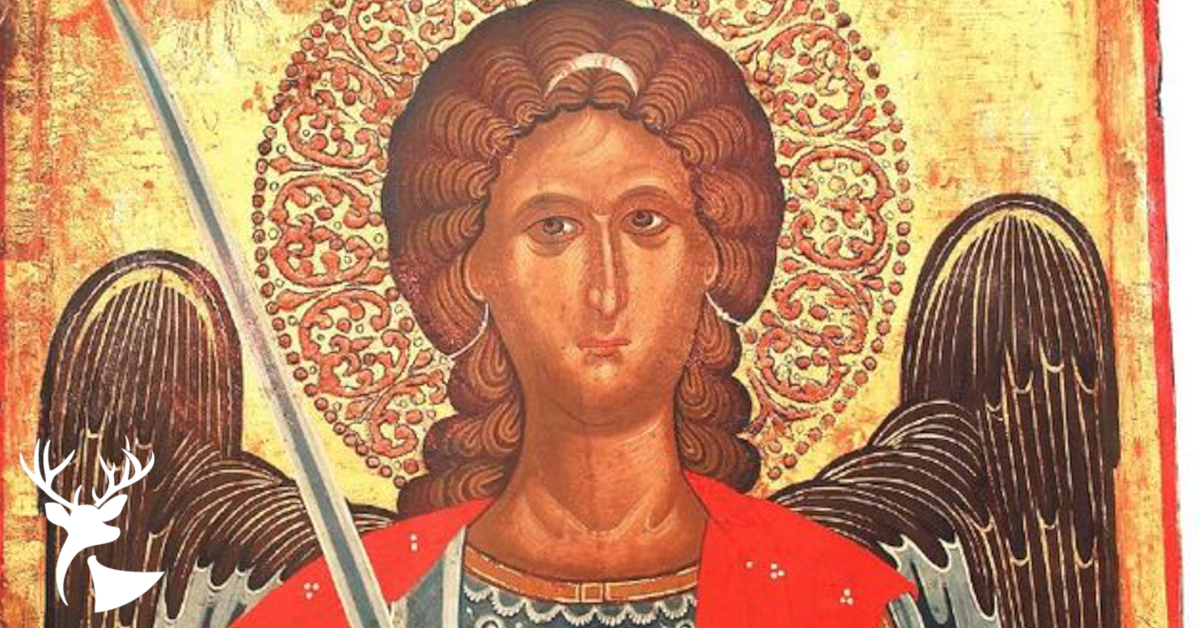

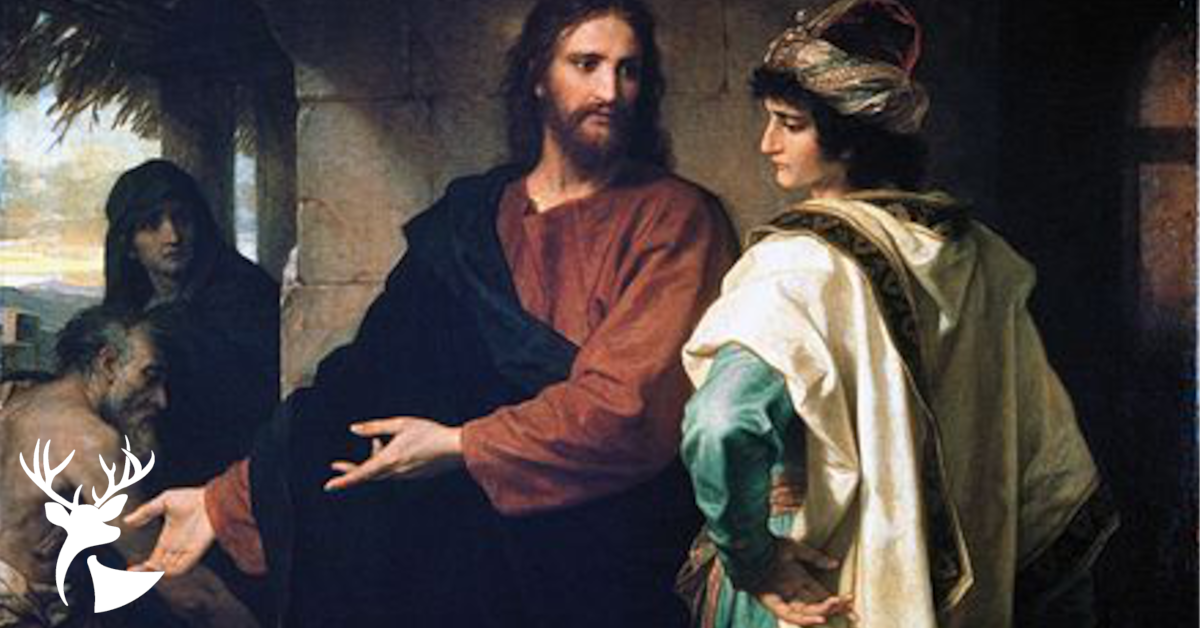
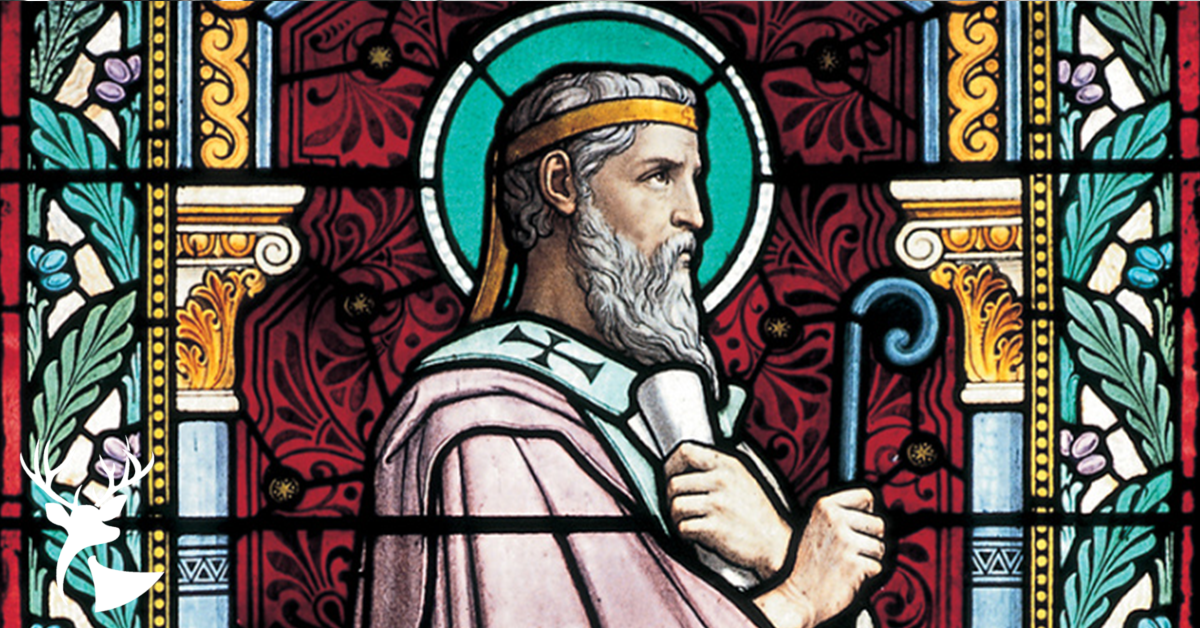
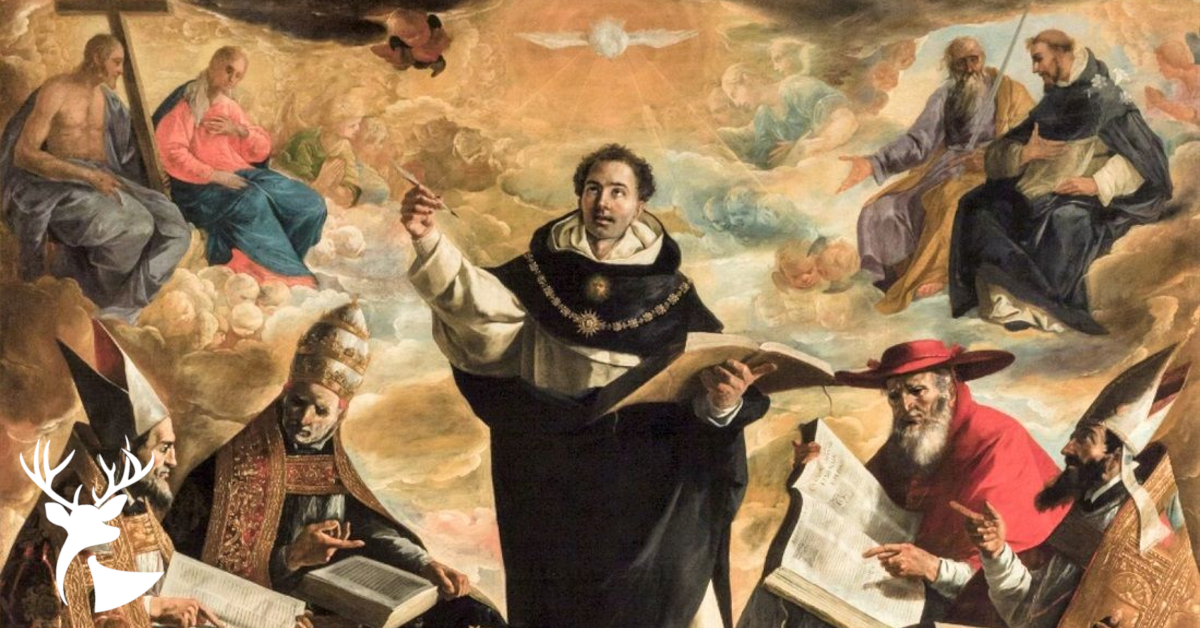


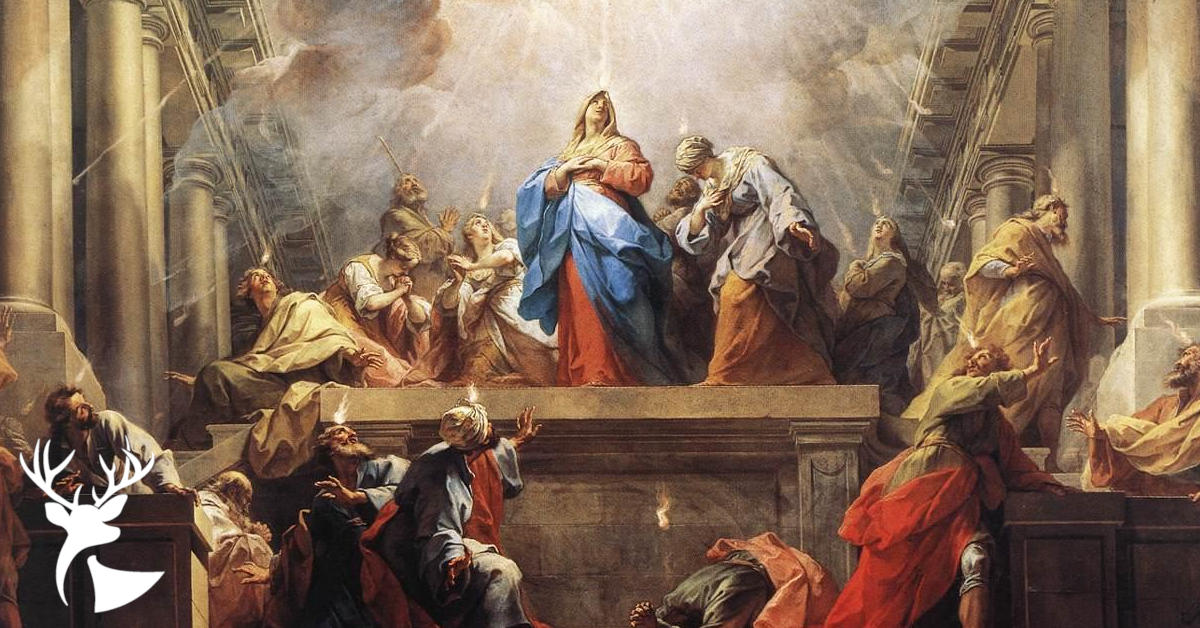


It is beautiful the way you expressed it. Thank you!